Highlights for Friday, 30 August 2019
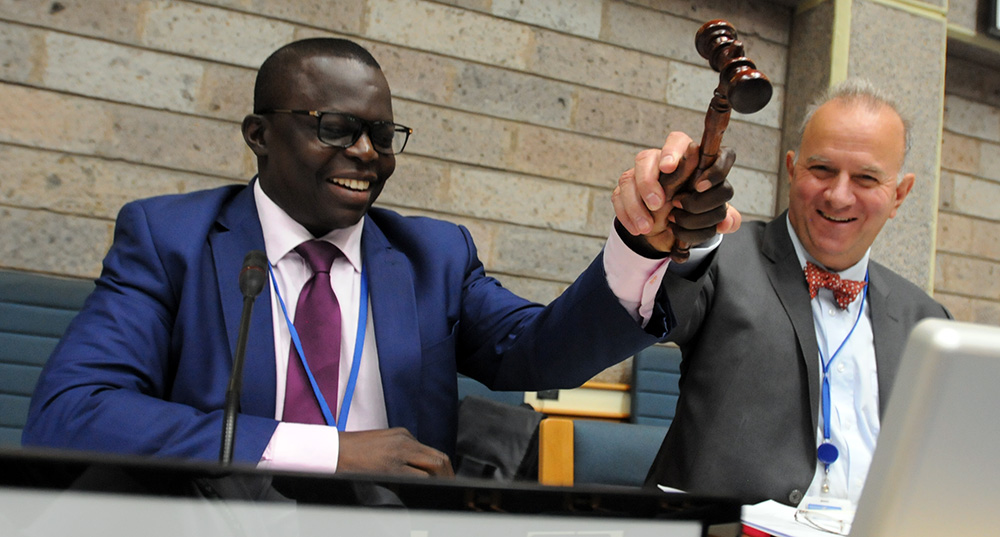
Working Group Co-Chairs Francis Ogwal, Uganda, and Basile van Havre, Canada, gavel the meeting to a close at 7:43 pm.
The first meeting of the Working Group on Post-2020 resumed for its final day of deliberations on Friday. Delegates completed discussions on the conclusions of the meeting based on a Co-Chairs’ draft that included annexes on the outcomes of the meeting, and a preliminary list of intersessional meetings relevant for the development of the post-2020 global biodiversity framework (GBF).During lunch, participants attended an information session on global strategic plans and linkages with other international instruments and processes. Neville Ash, Director, UN Environment Programme World Conservation Monitoring Centre (UNEP-WCMC), presented an overview of strategic plans and indicators across multilateral environmental agreements, and highlighted options for synergies and alignment with the GBF.
Participants also heard from:
Ludgarde Coppens, UNEP, on 26 indicators of the Sustainable Development Goals (SDGs) and efforts to build data-related methodology and capacity at national and regional levels;
Elizabeth Mrema, on behalf of the Convention on International Trade in Endangered Species of Wild Fauna and Flora (CITES), on its Strategic Vision 2021-2030 that promotes transformative change and sustainable use;
Olivier Rukundo, International Treaty on Plant Genetic Resources for Food and Agriculture (ITPGRFA), on cooperation with the Convention in supporting states in access and benefit-sharing; and
Frederic Perron-Welch, United Nations Conference on Trade and Development, on biotrade, including incentive measures, private sector engagement, and sustainable use.
During the closing session, Christiana Paşca Palmer, CBD Executive Secretary, remarked on the good energy in the room and great amount of work done, noting the need to respond to the calls for action from the public on biodiversity issues. Providing regional statements:
The African Group urged that the GBF ensure regional and thematic balance;
Asia and Pacific said the 2050 Vision “living in harmony with nature” has played an important role in galvanizing action and should remain prominent;
The EU welcomed the broad understanding of the need for transformative change, and using Specific, Measurable, Achievable, Result-Oriented, and Time-limited (SMART) targets;
The Group of Latin America and the Caribbean (GRULAC) emphasized using science to identify causes and solutions and to seek co-benefits; and
Central and Eastern Europe stressed the need for active participation of all parties and stakeholders to ensure well-formulated goals and targets.
The meeting was gaveled to a close at 7:43 pm.The final day of the meeting saw delegates continuing to get their heads around their four days of labor based on draft conclusions of the meeting. The meeting, some agreed, has been a week of patience, as delegates put their negotiator’s hats down in favor of what some referred to as “a listening exercise.” One element that many agreed remains uncertain is whether to have an over-arching apex target. In spite of an almost equal number of proponents and opponents for this, most agreed that it would require a stroke of genius to come up with one target that is adequately inspiring, global, and encapsulates the complexity of the 2050 Vision of “living in harmony with nature.” Before parting, one delegate remarked, “Although it all seems rather topsy-turvy right now, once we are done packaging the zero draft, it will all come together pretty nicely.”
IISD Reporting Services, through its ENB Meeting Coverage, provided daily web coverage from the 1st Meeting of the Open-ended Working Group on the Post-2020 Global Biodiversity Framework. In addition, IISD Reporting Services has published a summary and analysis report which is now available in HTML and PDF.
Photos by IISD/ENB | Diego Noguera
For photo reprint permissions, please follow instructions at our Attribution Regulations for Meeting Photo Usage Page
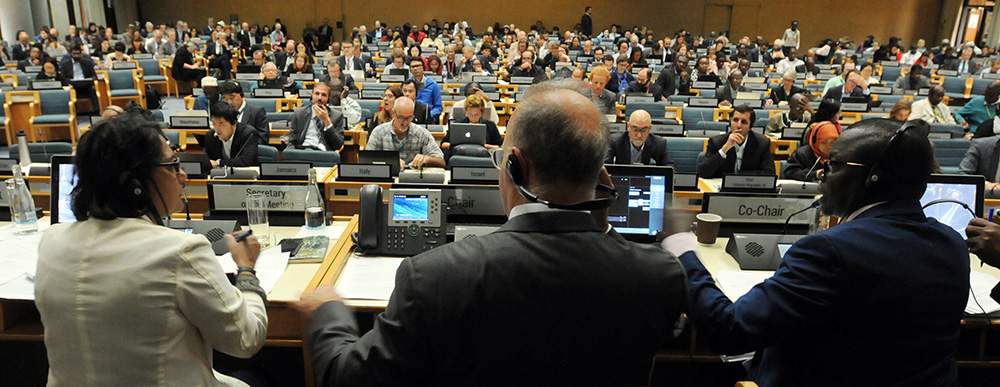
Delegates during the morning discussions on the potential elements and scope of the framework
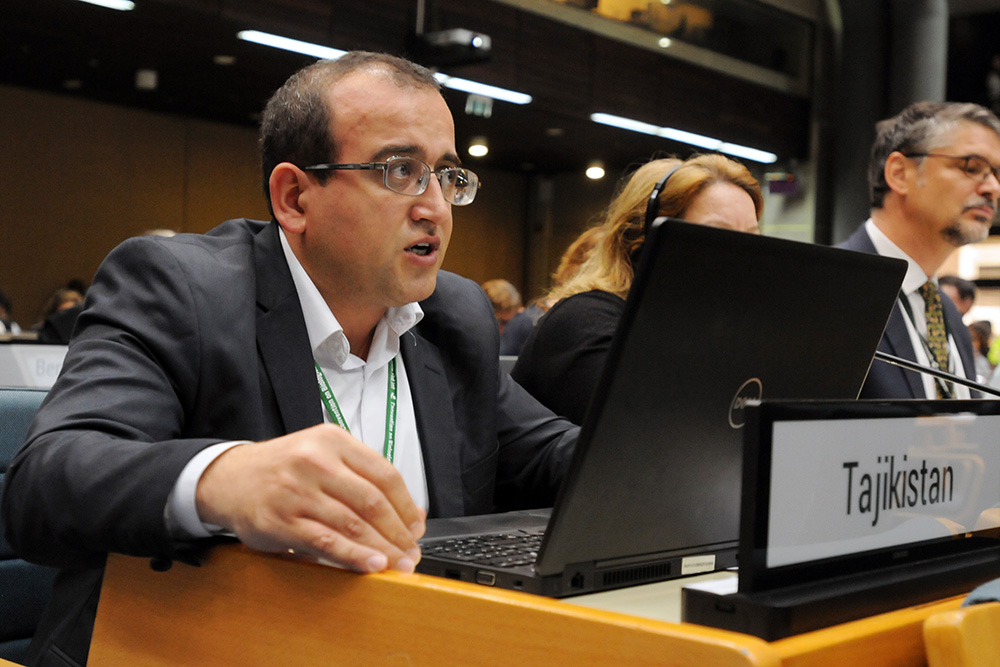
Dilovarsho Dustov, Tajikistan

Norbert Bärlocher, Switzerland

Georgina Catacora-Vargas, Bolivia
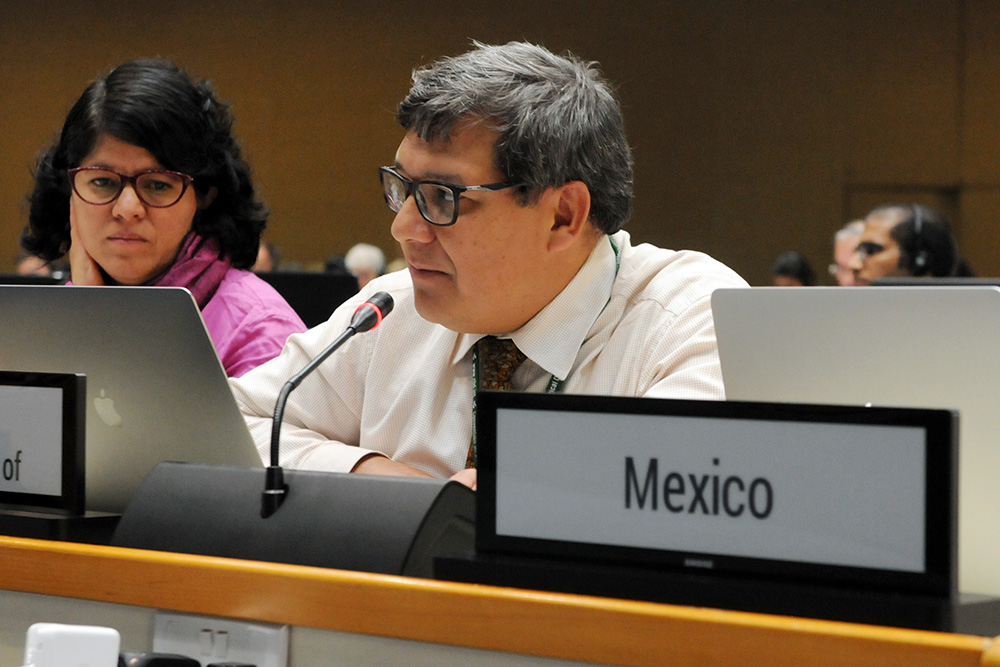
Hesiquio Benítez Díaz, Mexico

L-R: Stig Johansson and Stefan Leiner, EU; Alexander Shestakov, CBD Secretariat; and Gabriele Obermayr, Austria
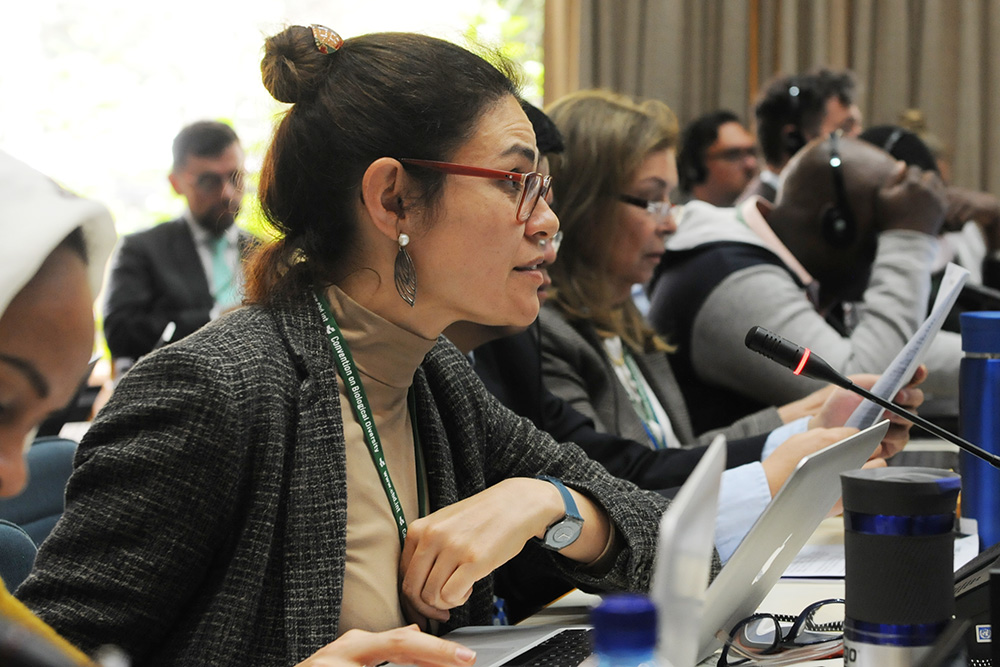
Carolina Díaz, Colombia
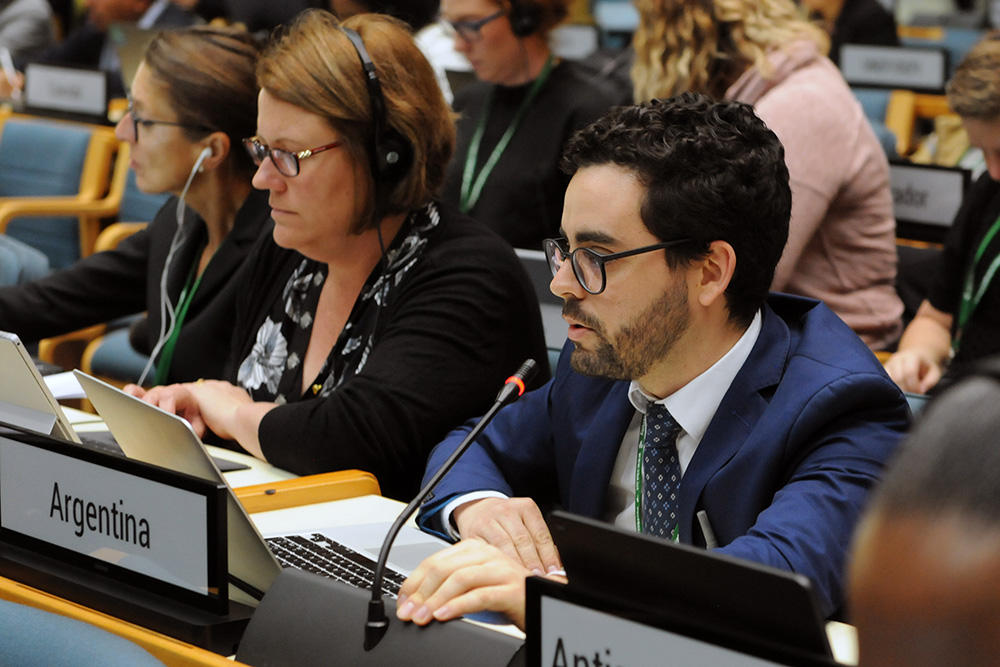
Joaquín Salzberg, Argentina
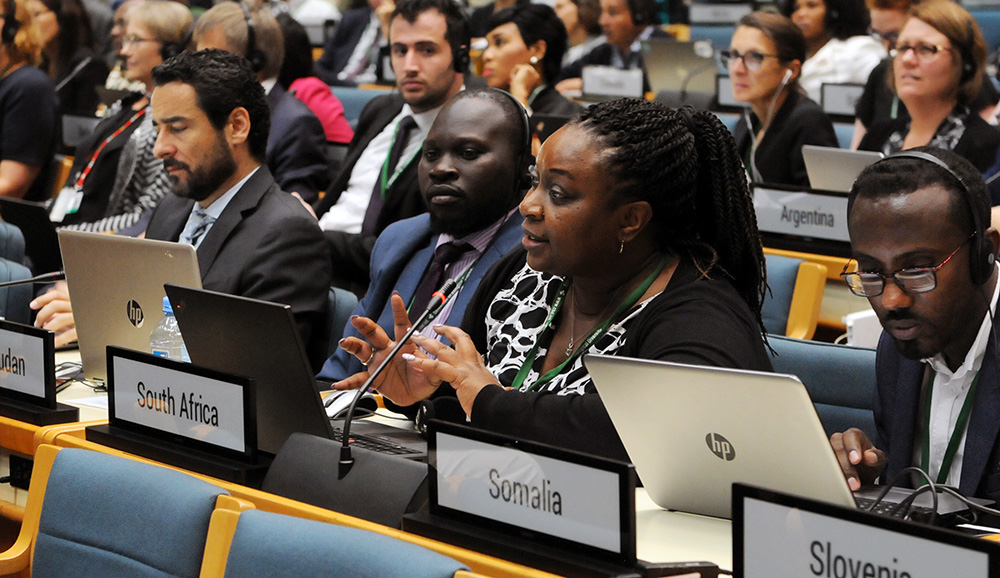
Wadzanayi Patience Mandivenyi, South Africa
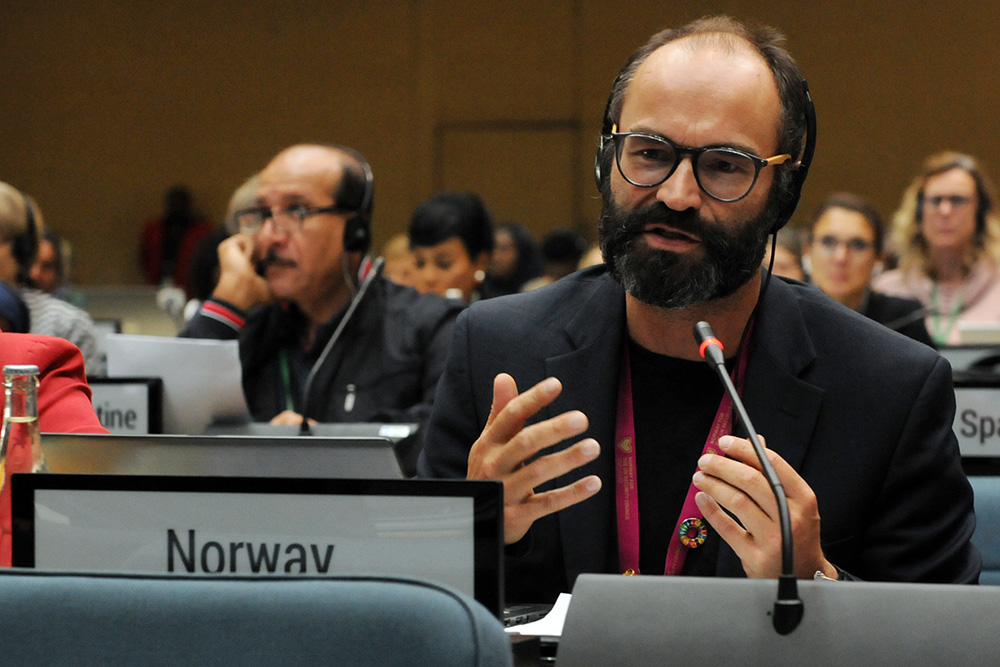
Gaute Voigt-Hanssen, Norway
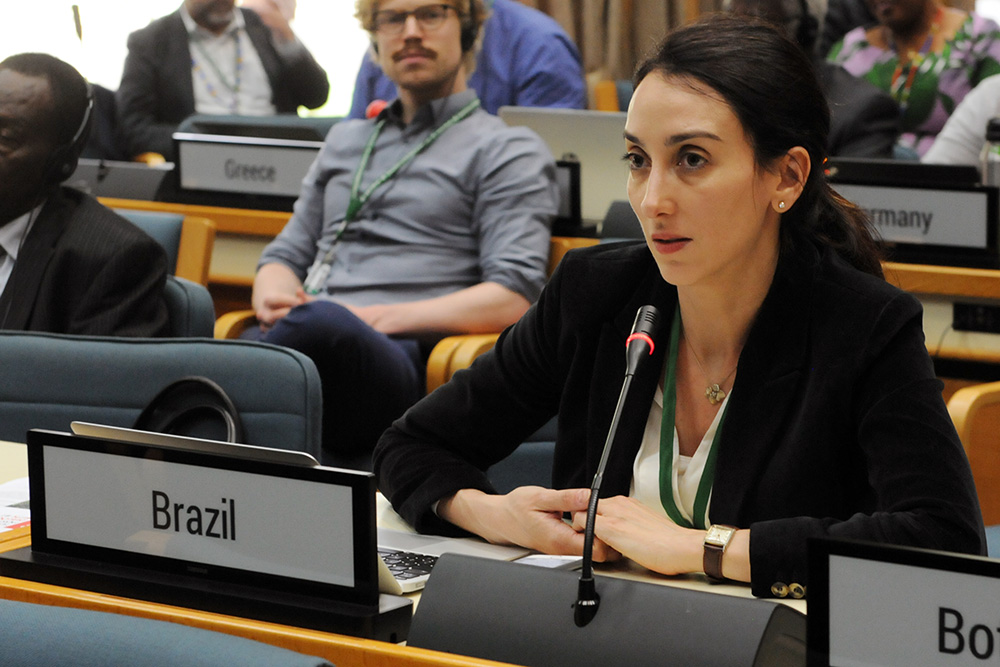
Luciana Melchert, Brazil
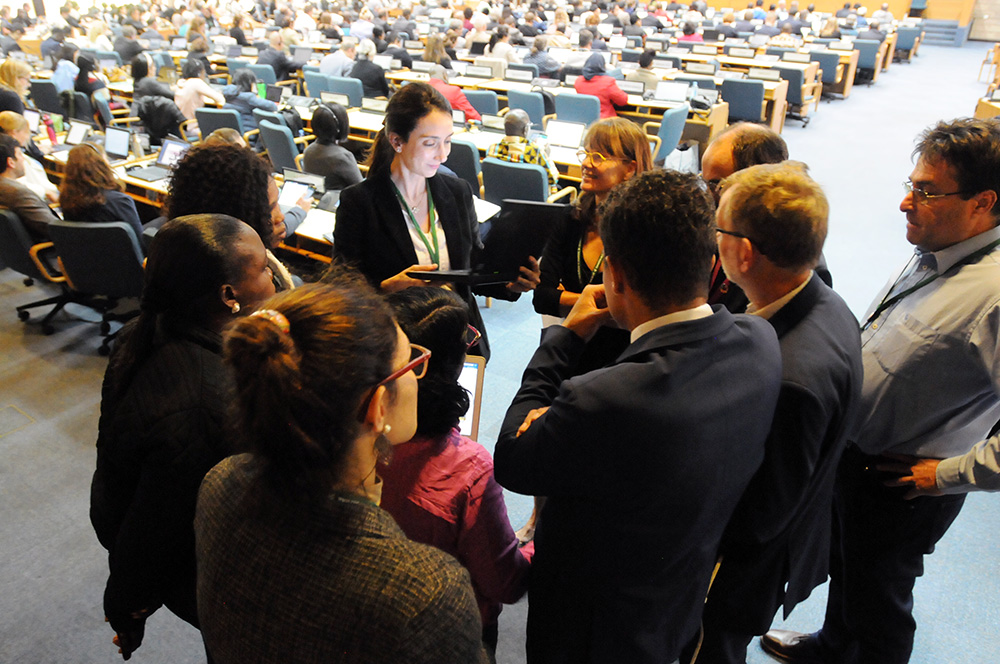
A group of Friends of the Chair meets during plenary
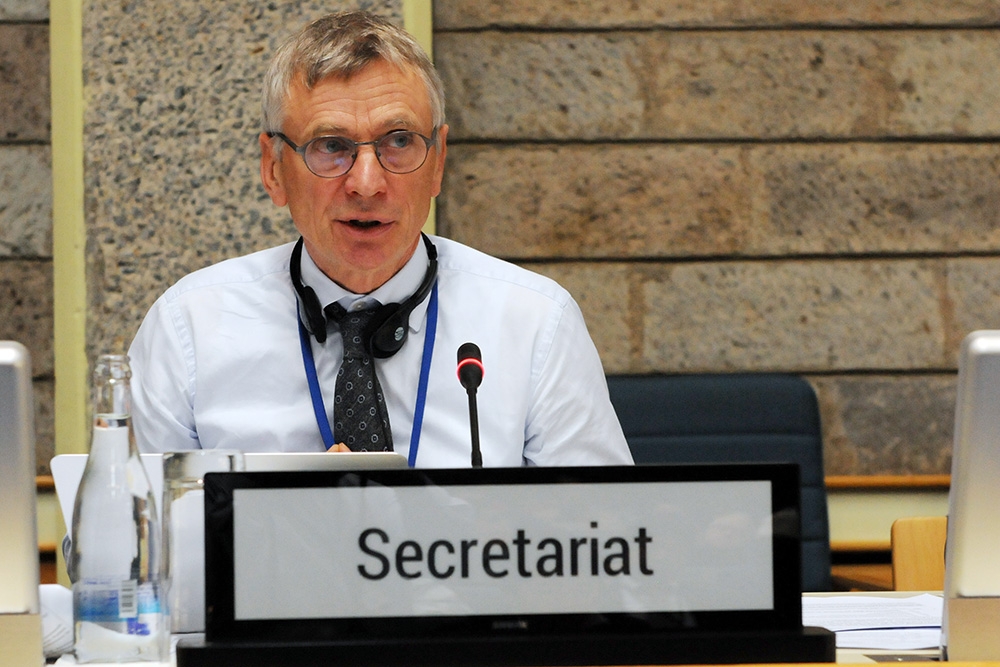
David Cooper, CBD Secretariat
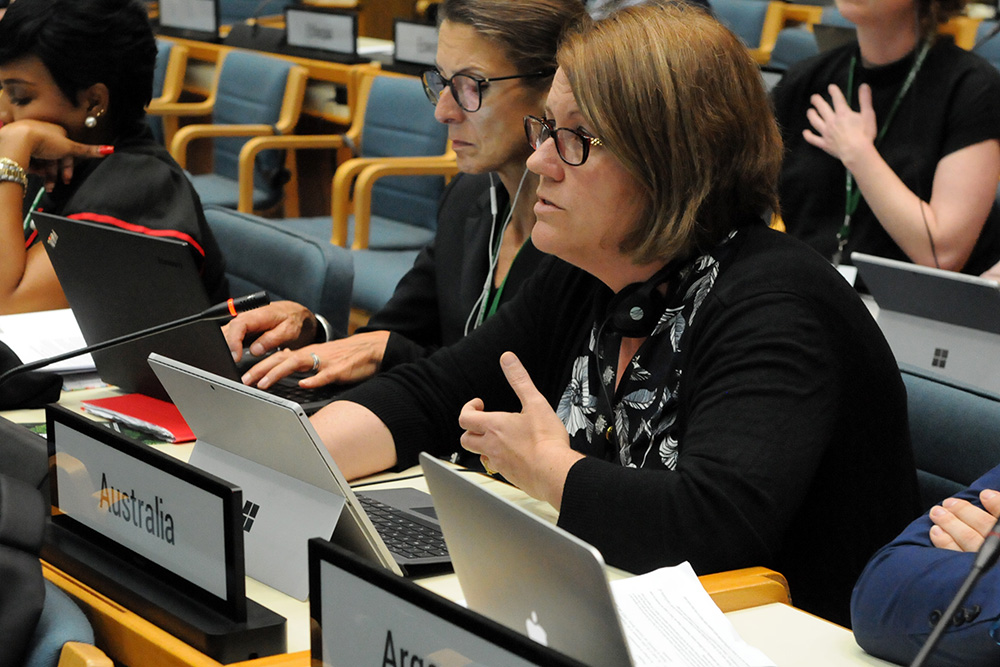
Tia Stevens, Australia
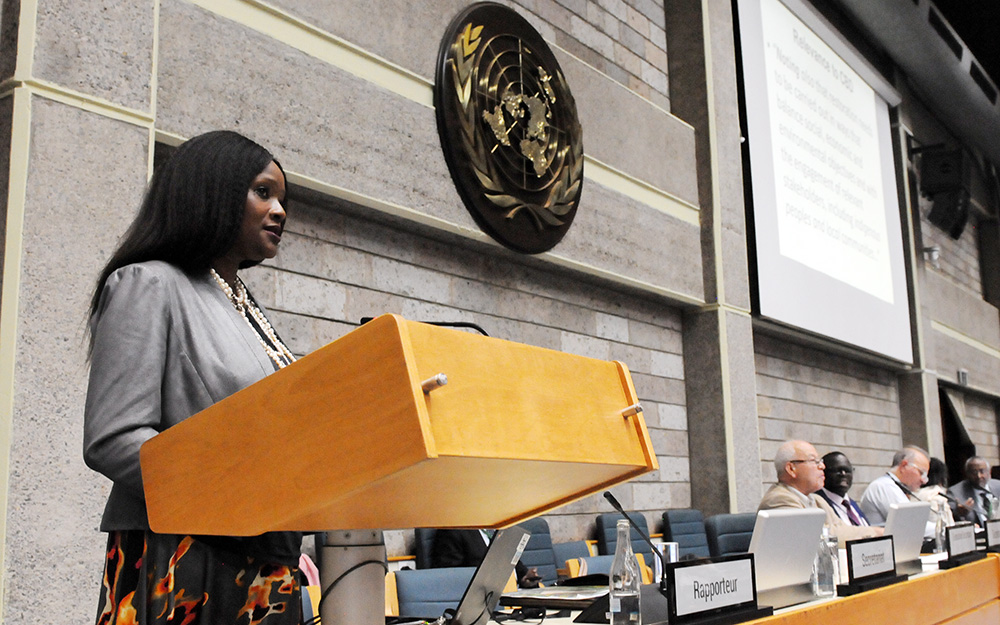
Musonda Mumba, UNEP
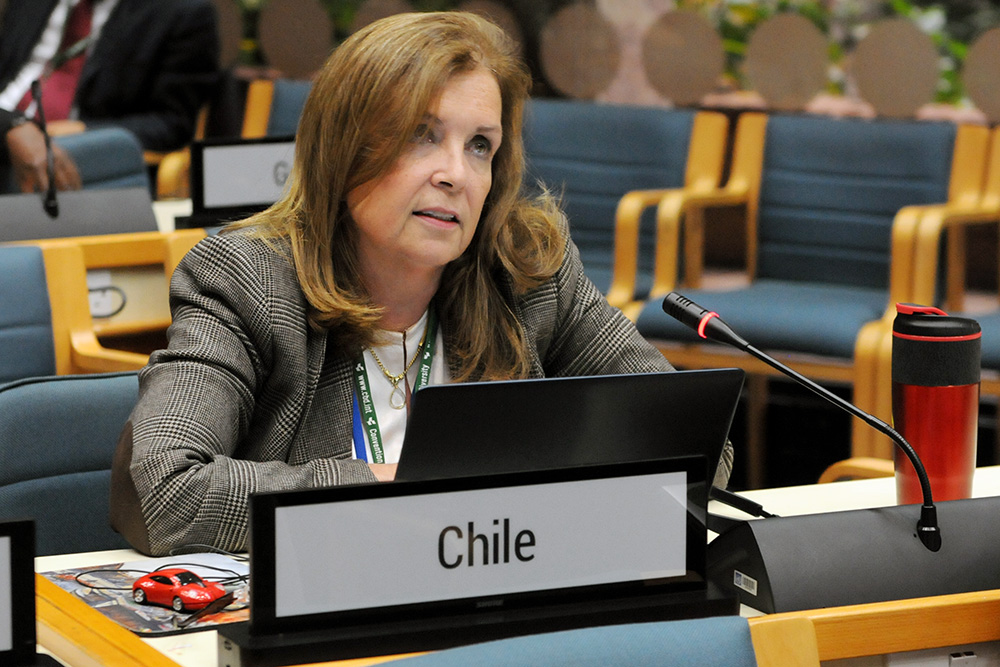
María Alejandra Guerra, Chile
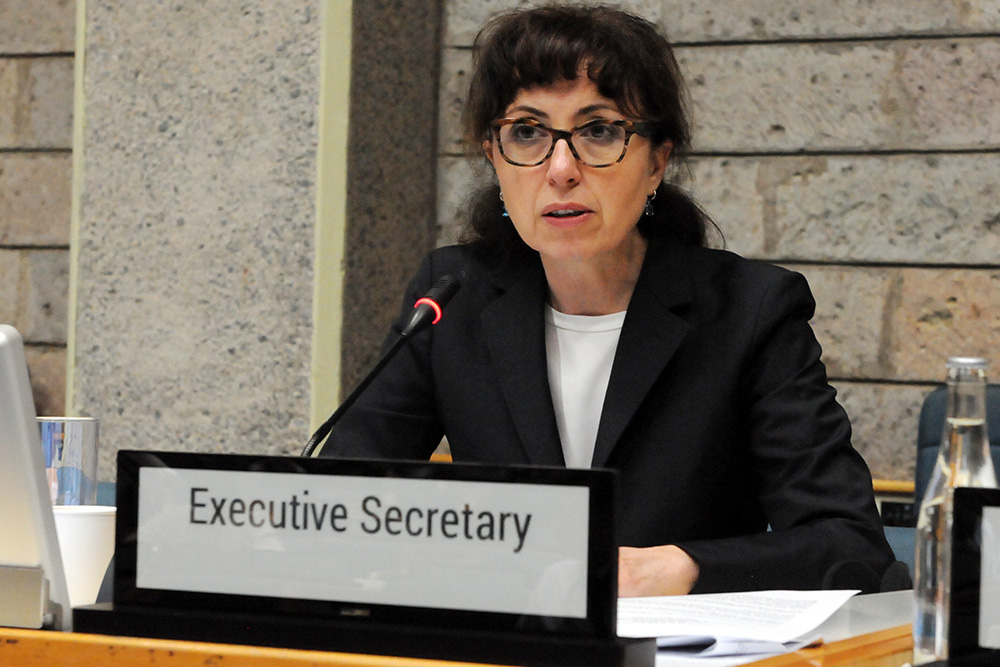
CBD Executive Secretary Cristiana Pașca Palmer
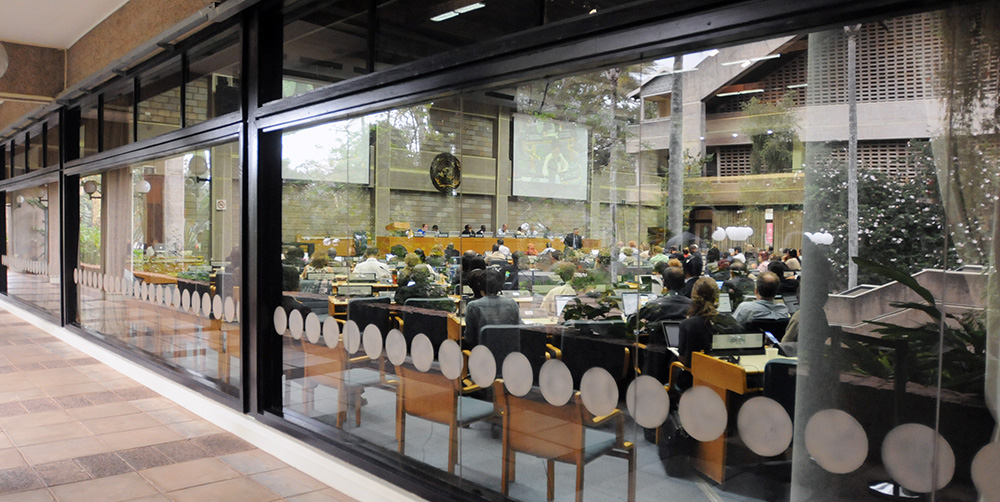
Delegates during Friday’s proceedings
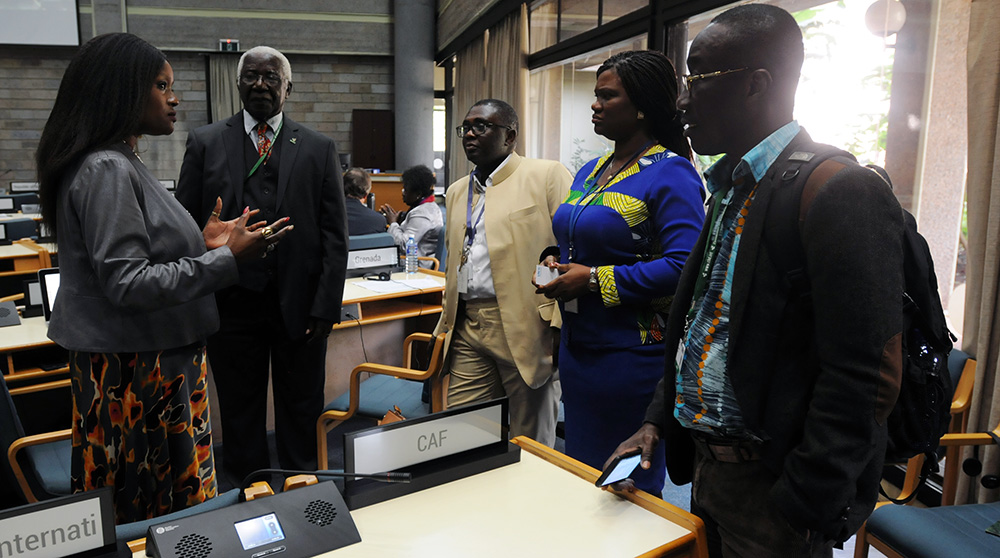
L-R: Musonda Mumba, UNEP; Alfred Oteng-Yeboah, Ghana; Alex Owusu-Biney, UNEP; Doris Richter and Eric Okoree, Ghana
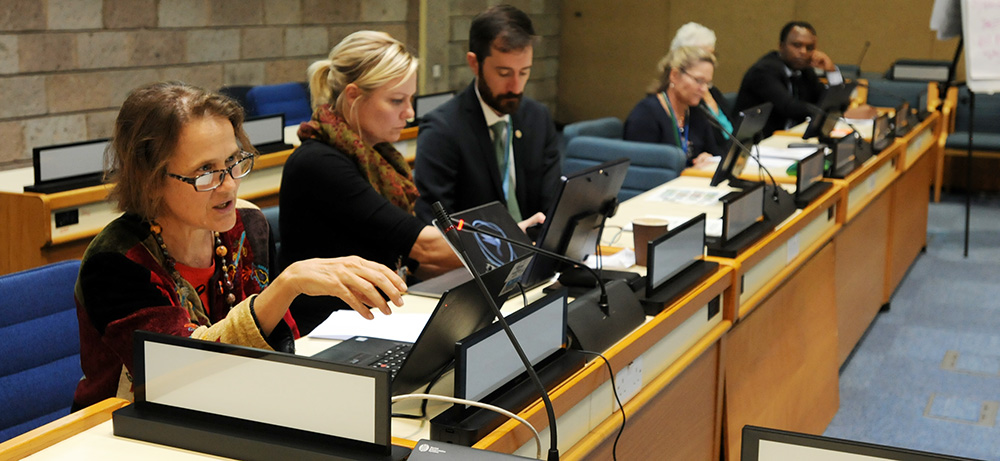
Ludgarde Coppens (left), UNEP, addresses participants during the lunch event on Global Strategic Plans in other National Instruments and Processes
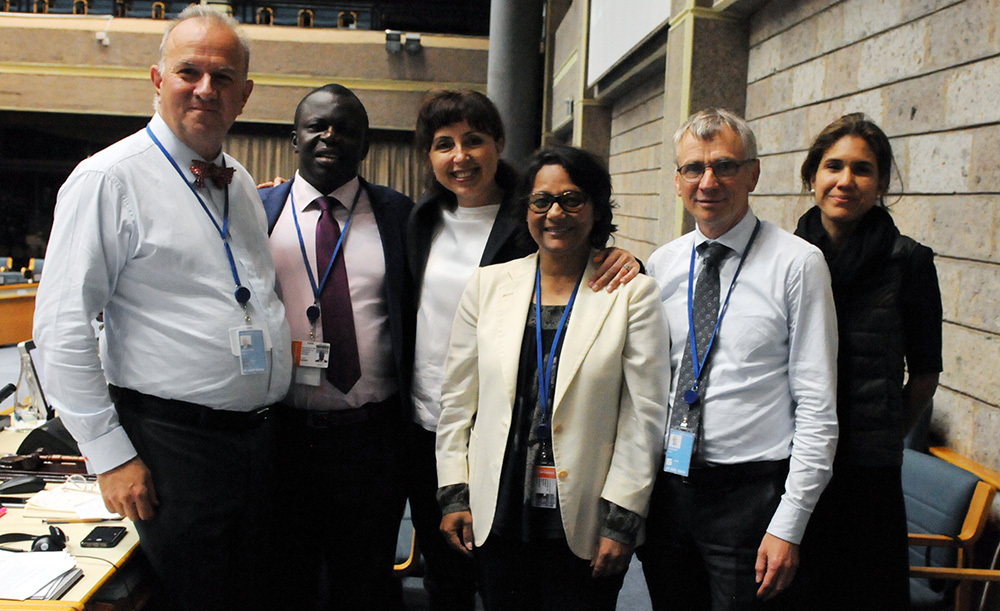
L-R: Working Group Co-Chairs Basile van Havre, Canada; Francis Ogwal, Uganda; CBD Executive Secretary Cristiana Pașca Palmer; Jyoti Mathur-Filipp, David Cooper, and Catalina Santamaría, CBD Secretariat
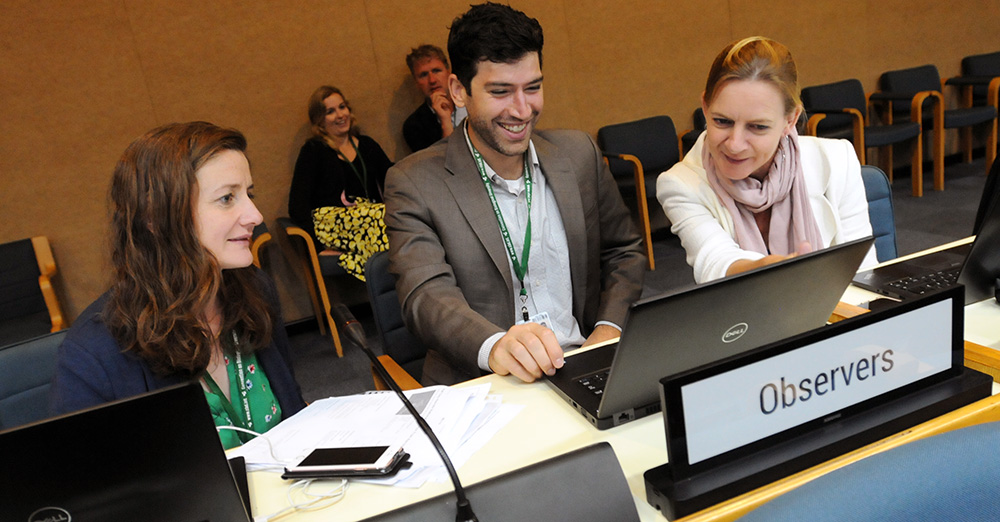
L-R: Janice Weatherley-Singh and Alfred DeGemmis, Wildlife Conservation Society (WCS), and Noëlle Kümpel, BirdLife International
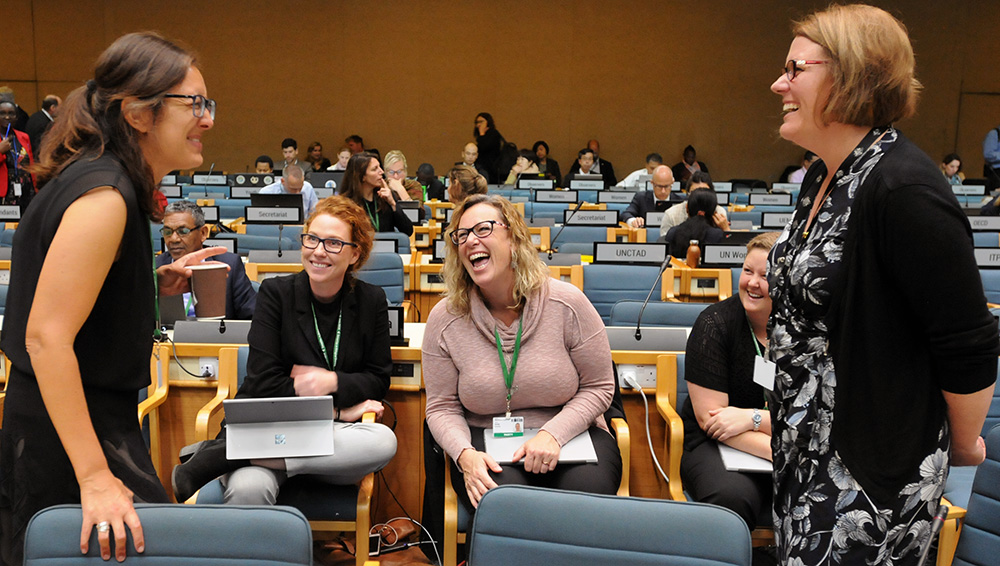
L-R: Kimberly Chan, Canada; Brooke Hynes, Jaime Grubb, Georgina Newton, and Tia Stevens, Australia
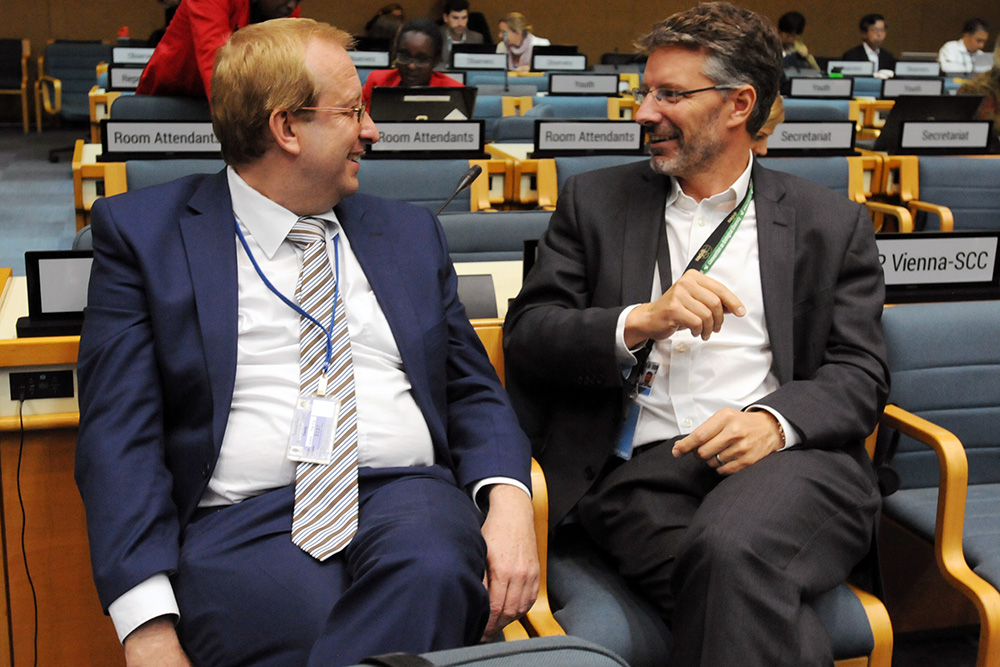
Ivan Feys, Belgium, and Neville Ash, Director, UNEP-WCMC
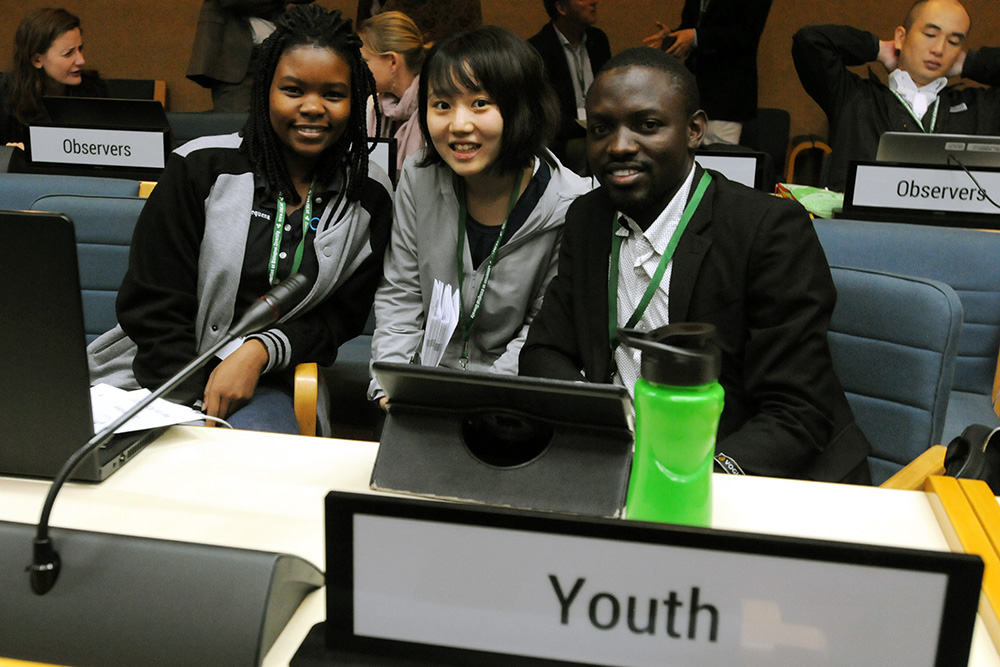
L-R: Jamila Janna, Wildlands Conservation Trust; Yuriko Shimada, Japan Youth Biodiversity Network; and Alphonce Muia, Catholic Youth Network for Environmental Sustainability in Africa
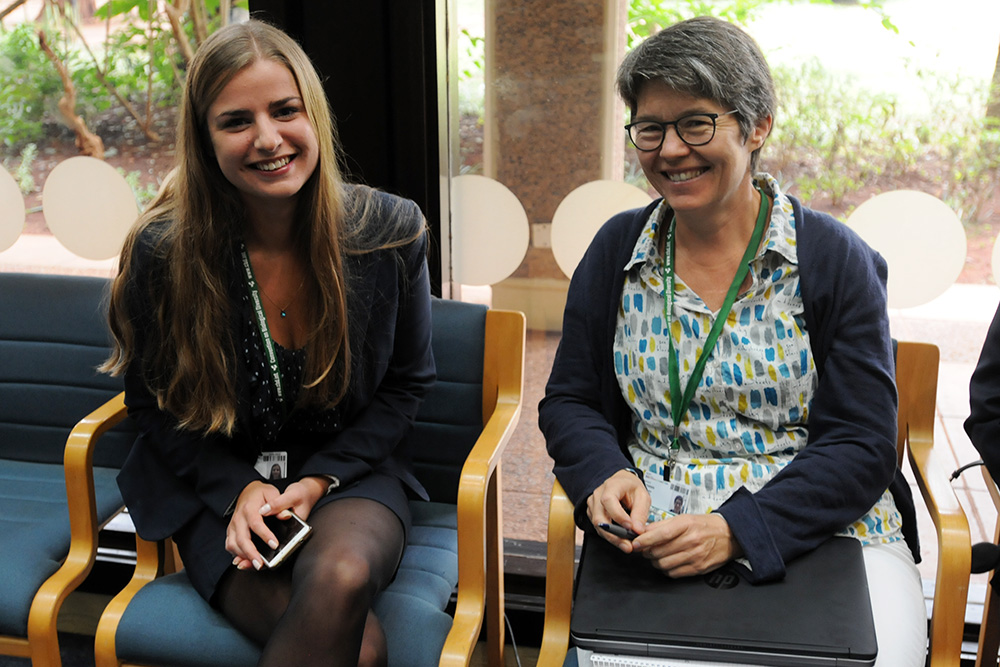
Amandine John-Herpin and Barbara Petersen, Germany
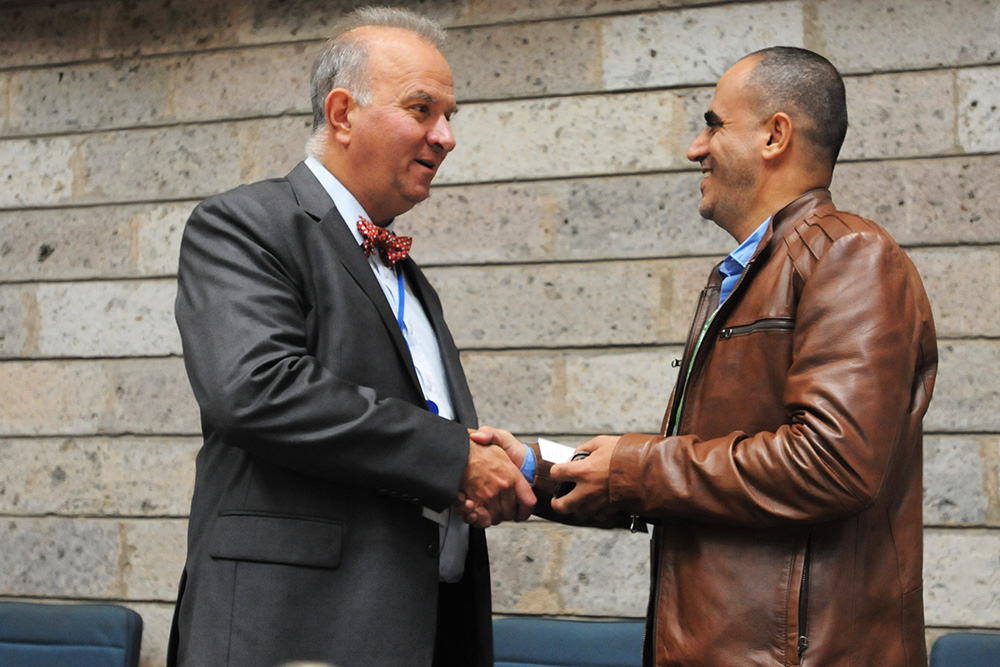
Working Group Co-Chair Basile van Havre, Canada, and Abdulghani A.M. Al-Bokwali, Yemen
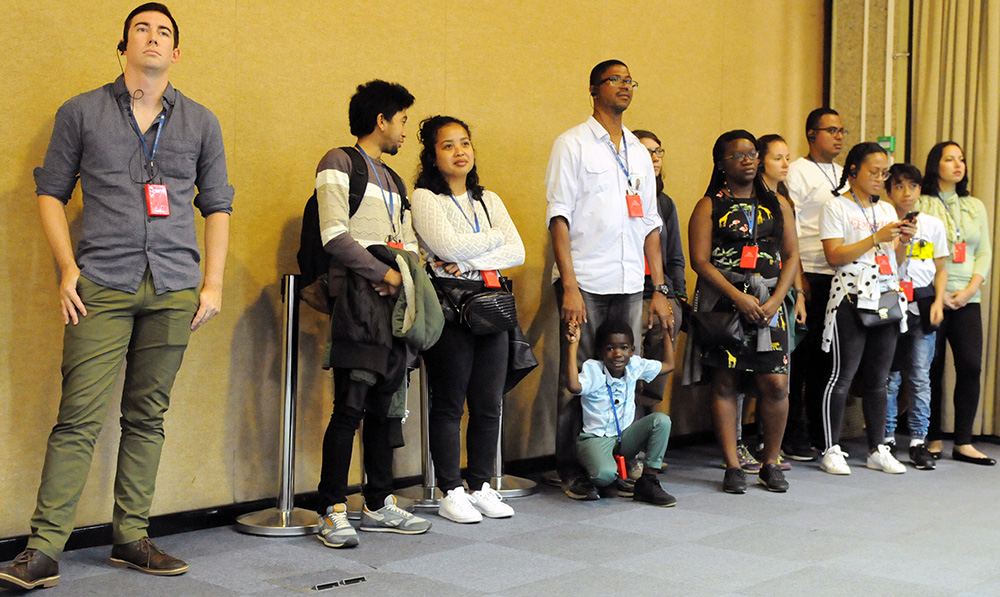
UNEP visitors at the meeting
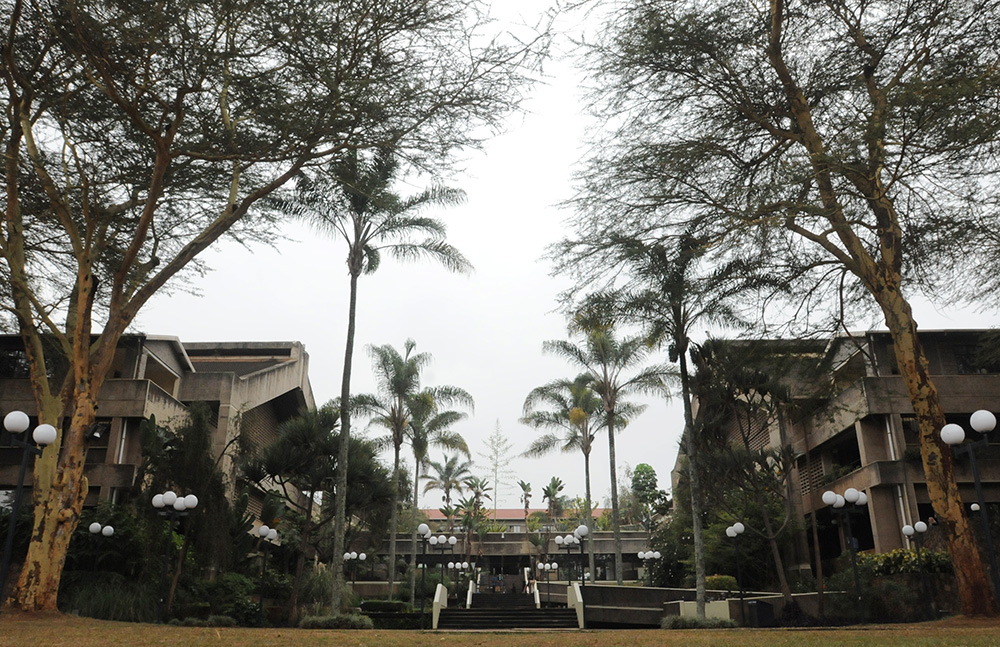
A view of UNEP Headquarters































